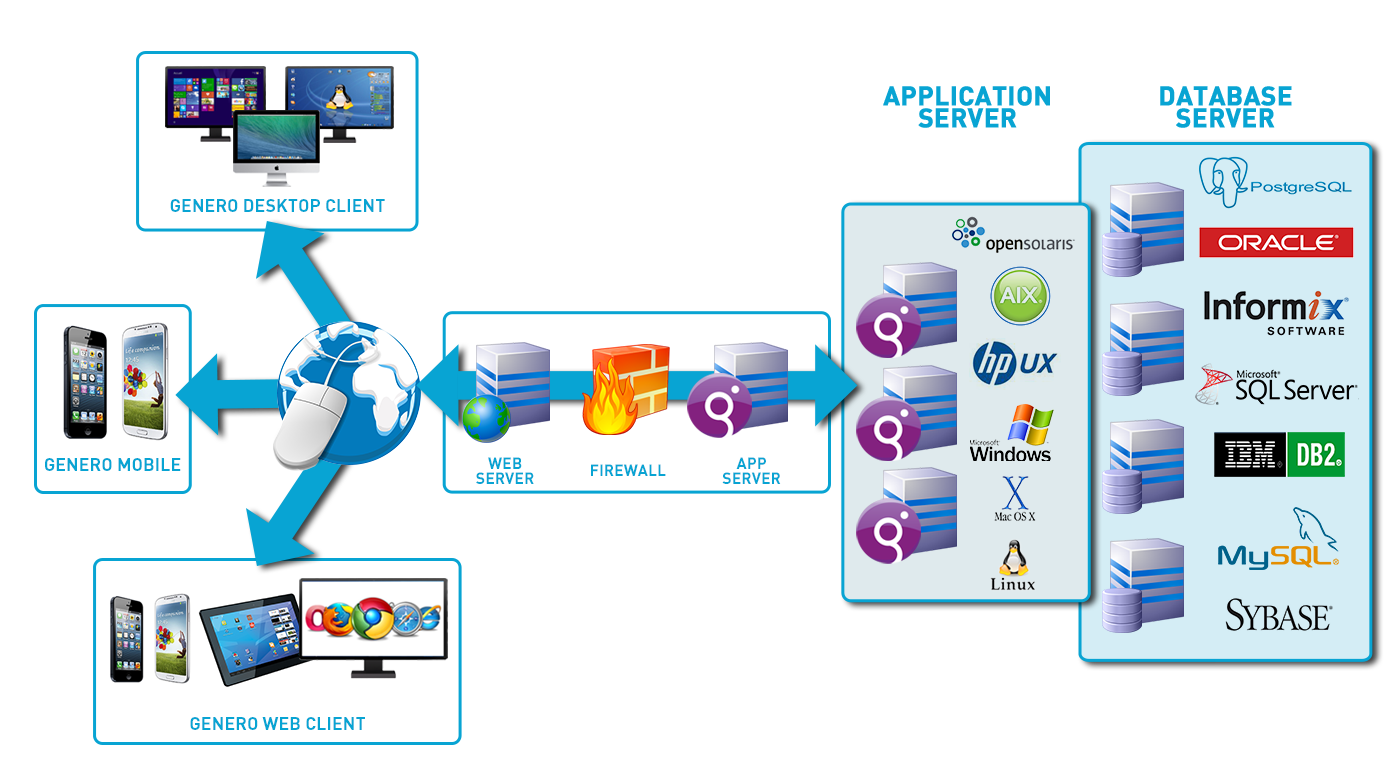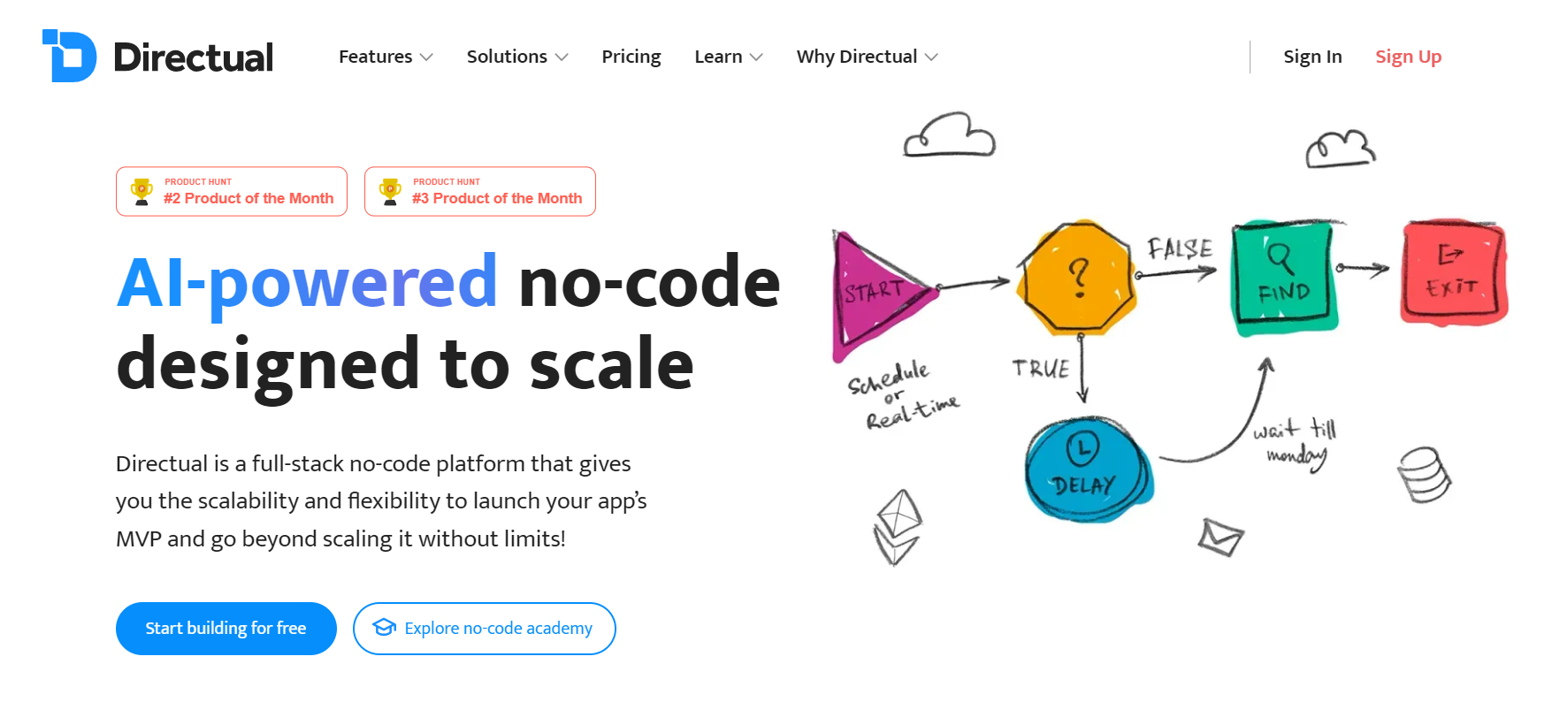Simple And Easy Open System Database Creation Making Use Of No-Code Modern Technology
Exploring the Benefits of Scalable Databases That Call For No Coding Skills for Efficient Information Management Solutions
The emergence of scalable data sources that eliminate the requirement for coding skills offers a transformative possibility for organizations looking for efficient information management remedies. By allowing non-technical customers to harness the power of data via intuitive user interfaces, these systems boost availability and foster partnership throughout diverse groups. Moreover, their cost-effectiveness and versatility to evolving service demands can dramatically simplify operational processes. As we take into consideration the ramifications of such innovations, it becomes important to check out just how they can reshape the landscape of information management and drive lasting growth in an affordable atmosphere.
Improved Access for Customers
Enhanced ease of access for individuals is an essential facet of scalable data sources, making certain that information monitoring systems are instinctive and straightforward. In an era where data-driven decisions are paramount, accessibility permits a bigger series of individuals, including those without comprehensive technical know-how, to involve with data source systems properly. This democratization of data access facilitates boosted partnership across divisions, encouraging workers to make and extract insights notified decisions.
User-friendly user interfaces, such as drag-and-drop attributes and visual information representation, streamline complicated data communications. These enhancements reduce the understanding curve associated with typical data source management, making it possible for individuals to concentrate on leveraging data instead than coming to grips with technological complexities. Moreover, scalable data sources typically include adjustable control panels and real-time analytics, offering customers with immediate understandings tailored to their particular needs.

Cost-Effectiveness and Resource Savings
Reliable data administration not only pivots on ease of access yet likewise on cost-effectiveness and resource financial savings. Scalable databases created for customers without coding abilities dramatically minimize monetary concerns generally connected with conventional data source monitoring systems. By removing the need for specialized shows knowledge, companies can allot their sources more effectively, concentrating funds on core organization tasks instead than extensive training or working with skilled personnel.
In addition, these databases commonly use cloud-based services, which even more reduce costs associated to hardware and maintenance. Organizations can scale their database solutions according to their requirements, staying clear of the expenses incurred from over-provisioning resources. This adaptability suggests companies can adjust to changing demands without incurring unneeded prices, leading to substantial long-lasting cost savings.
In addition, user-friendly interfaces improve information access and monitoring procedures, reducing the time invested in administrative tasks. This efficiency equates into labor expense savings, enabling teams to focus on calculated campaigns as opposed to regular upkeep. Generally, embracing scalable data sources that need no coding abilities promotes a much more cost-efficient strategy to information administration, allowing organizations to maximize their resources while keeping high degrees of functional effectiveness.
Improved Partnership Across Teams

In addition, scalable databases help with seamless communication amongst employee. With user-friendly interfaces that need no coding abilities, workers can conveniently develop, modify, and share reports or dashboards tailored to their particular requirements. This democratization of information empowers non-technical users blog to add understandings, boosting the joint atmosphere.
Furthermore, these data sources sustain simultaneous gain access to, enabling multiple users to deal with the same dataset concurrently. This attribute improves productivity, as teams can participate in joint information evaluation without the threat of variation control concerns. The capability to leave notes or comments directly within the database further promotes discussion and makes clear information analyses.
Streamlined Data Administration Processes
In today's data-driven environment, organizations acknowledge the need of streamlined data administration processes to optimize performance and accuracy. By leveraging scalable databases that require useful source no coding abilities, services can streamline their information handling and decrease the complexities generally related to typical data source systems. This availability empowers non-technical customers to involve directly with information, assisting in quicker decision-making and minimizing dependence on specialized IT workers.
Streamlined information administration processes boost process by automating regular tasks such as information entrance, validation, and coverage. Automated data assimilation makes sure that info from different sources is accumulated seamlessly, removing silos and promoting a linked view of critical service metrics (no-code). Additionally, straightforward interfaces permit personnel to adjust data quickly, enabling them to produce understandings that drive tactical campaigns without the need for substantial training.
This efficiency not only speeds up functional processes however additionally minimizes the capacity for human mistake, ensuring that data stays exact and reliable. Inevitably, streamlined information monitoring procedures through scalable databases result in improved performance, permitting companies to concentrate on core activities while guaranteeing that their data administration practices are efficient and reliable.
Scalability for Growing Services

For broadening business, the ability to scale up or down is crucial. A scalable data source can manage an influx of data created from brand-new consumers, items, or services, guaranteeing that company operations continue to be nonstop. These databases give the capability to take care of peak lots effectively, which is essential during durations of rapid growth or seasonal spikes.
Additionally, many scalable data source services are made with easy to use interfaces that require no coding skills, empowering non-technical team to handle data successfully (no-code). This democratization of data administration enables organizations to assign sources purposefully and reduce dependence on specialized IT personnel
Ultimately, adopting a scalable data source not only improves operational performance yet additionally promotes a setting where organizations can introduce and helpful hints progress without the restrictions of standard data source systems. This flexibility settings organizations for long-term success in today's competitive landscape.
Conclusion
In verdict, scalable data sources that need no coding skills offer considerable advantages for efficient information monitoring. By simplifying data management procedures and supplying scalability for expanding organizations, such remedies make it possible for companies to adapt to changing needs properly.
Improved availability for individuals is a vital element of scalable databases, making certain that data monitoring systems are instinctive and easy to use.Straightforward interfaces, such as drag-and-drop features and aesthetic data depiction, streamline complex data interactions. On the whole, embracing scalable data sources that need no coding skills cultivates a more cost-effective technique to data monitoring, allowing companies to maximize their sources while preserving high degrees of operational efficiency.
By leveraging scalable data sources that require no coding abilities, companies can streamline their data handling and minimize the complexities normally associated with typical database systems - no-code.Structured information management procedures boost process by automating regular tasks such as information entry, recognition, and coverage